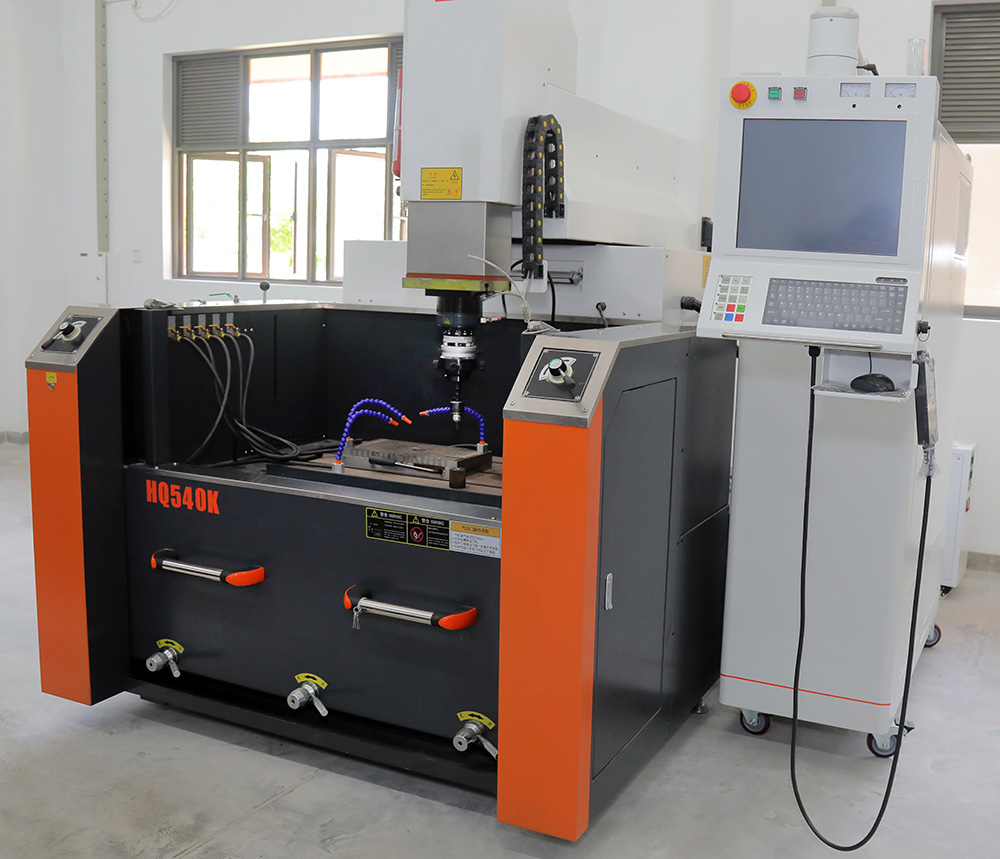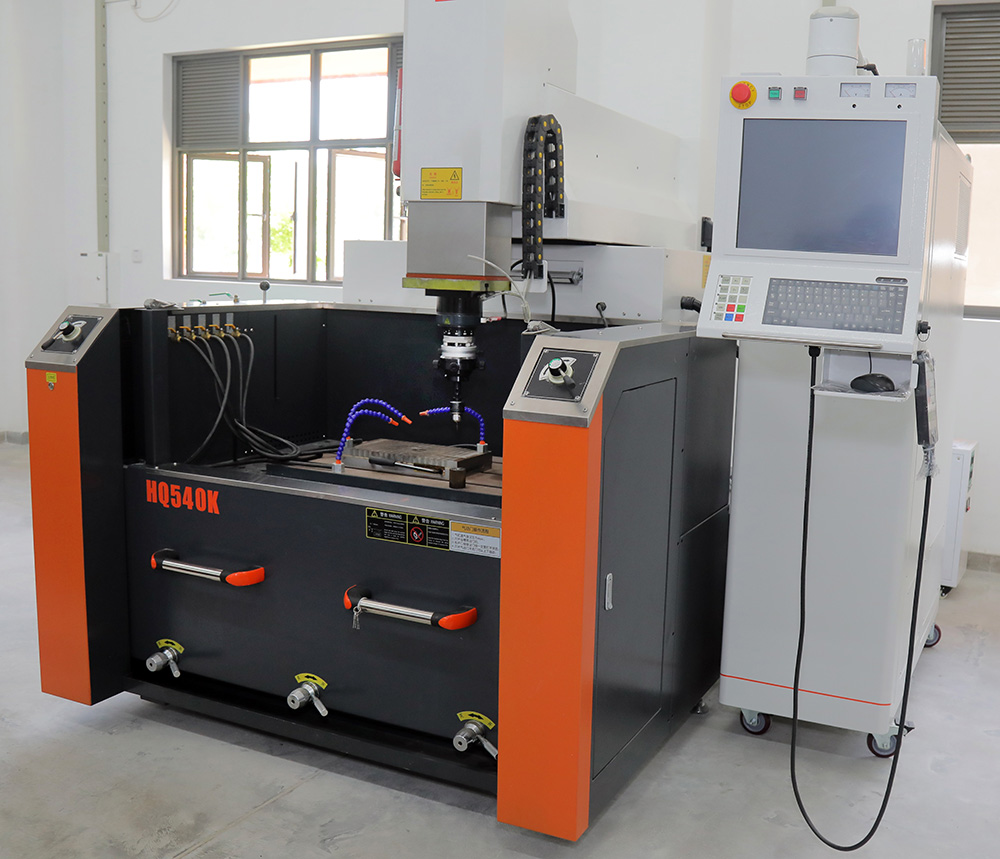The Asian Development Bank (ADB) is making a substantial investment in Sri Lanka’s future, with the Rajarata University of Sri Lanka at the forefront of this transformative initiative. A total of $30 million has been allocated to the university as part of a broader project to enhance higher education in the country. This funding aims to establish a new Faculty of Technology, offering students industry-relevant programs in science and technology.
The project’s success, as highlighted by Principal Social Development Officer J.M.H. Jayasundara of the ADB’s Sri Lanka Resident Mission, underscores a shared vision of empowering the next generation with practical skills and entrepreneurial capabilities.

The university plans to generate revenue through its UBLs and by renting out its high-quality infrastructure
This strategic investment aligns perfectly with the ADB’s broader goals for education in its member countries. The project not only aims to enhance the quality of tertiary education but also to ensure its accessible and equitable for all. By targeting regional universities like Rajarata, the initiative actively promotes social mobility and gender equity through a comprehensive Gender Action Plan. The focus on STEM fields, curriculum reform, and fostering international partnerships positions Rajarata University to meet the evolving needs of Sri Lanka’s workforce and contribute to the nation’s Strategy 2030.
Overcoming Challenges
The project’s physical development has been a remarkable success. Despite the immense challenges posed by the COVID-19 pandemic – including lockdowns and supply chain disruptions – the construction of the new Faculty of Technology complex was completed with superior quality. This outcome is a testament to the dedication of the construction and supervision teams and the robustness of the project’s monitoring framework.
Beyond the physical structures, Rajarata University is addressing critical gaps in Sri Lanka’s higher education system. The new faculty complex, which features a platinum-rated green building and an innovation center called PULSE, is designed to enhance learning, research, and industry collaboration. The project also tackles human resource challenges by providing overseas scholarships and training programs for academic staff. These efforts are crucial for creating a forward-looking curriculum that fosters innovation.
Empowering Rural Communities
Rajarata University is strategically positioned to serve students from rural and marginalized backgrounds. By bringing state-of-the-art facilities and modern laboratories to underserved regions, the university is dismantling traditional barriers to accessing high-quality education. A standout example of this is the introduction of Bioprocess Technology, a degree program specifically designed to leverage the region’s agricultural strengths.
This focus on local context ensures that education is not only relevant but also a catalyst for local economic growth. The university is even conducting targeted research to address community-specific issues, such as the leishmaniasis disease.
The funding is also being used to create an ecosystem of innovation. The development of University Business Linkages (UBLs), industry incubators, and innovation hubs is fostering collaboration between academia and the corporate world. These platforms are already attracting businesses and creating valuable employment and entrepreneurial opportunities for the local population, further positioning the university as a key driver of inclusive regional development.
A Sustainable Model
To ensure the long-term sustainability of these new facilities and capacities, Rajarata University has a comprehensive strategy in place. The university plans to generate revenue through its UBLs and by renting out its high-quality infrastructure, including auditoriums and specialized equipment. These income streams will help maintain and upgrade facilities, ensuring that the university can continue to offer a cutting-edge education for years to come.
As the university makes full use of its new infrastructure, plans are already in motion to scale up operations. However, a few challenges remain, including the recruitment of additional staff and the establishment of new regulatory frameworks to support revenue generation.
In conclusion, Jayasundara said, “With the ADB’s continued support, and a clear path forward, an enhanced Rajarata University is poised to become a dynamic hub for education and innovation, playing a pivotal role in advancing Sri Lanka’s national development goals for decades to come.”
By Sanath Nanayakkare 





